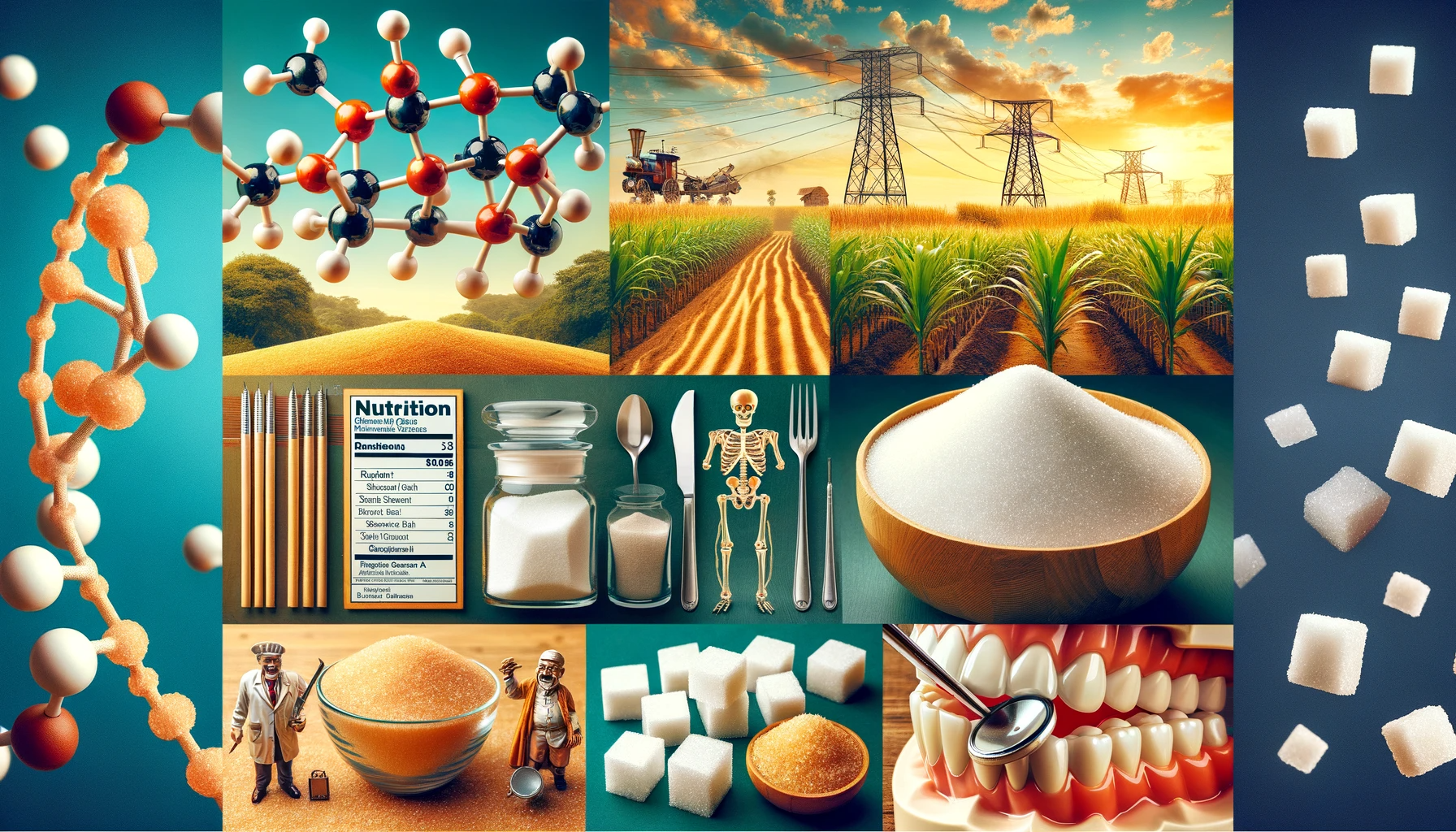Introduction
When it comes to maintaining a healthy diet, one of the key factors to consider is the amount of sugar in your food. Many processed foods contain hidden sugars that can be detrimental to your health. To make informed choices, it’s essential to understand how to read food labels and decipher the ingredients. In this article, we will guide you through the process of identifying hidden sugars on food labels.
Why Is It Important to Check for Hidden Sugars?
Before we dive into reading food labels, let’s understand why it’s crucial to be aware of hidden sugars in your food.
1. Health Risks
Excessive sugar intake has been linked to various health issues, including obesity, type 2 diabetes, and heart disease. By identifying hidden sugars, you can better control your sugar consumption.
2. Weight Management
High sugar content in your diet can lead to weight gain. Knowing how to spot hidden sugars allows you to make healthier choices and maintain a balanced diet.
3. Dental Health
Sugars in food can contribute to tooth decay and cavities. Being aware of hidden sugars helps protect your oral health.
Understanding the Nutrition Label
1. Serving Size
Begin by checking the serving size on the food label. All the information provided on the label is based on this serving size. Make sure to adjust the values according to your actual portion size.
2. Total Sugars
Look for the “Total Sugars” line in the nutrition facts panel. This includes both natural and added sugars. Natural sugars come from sources like fruit, while added sugars are incorporated during processing. Focus on added sugars as they are the ones you want to limit.
3. Ingredient List
The ingredient list is where you’ll find hidden sugars hiding in plain sight. Ingredients are listed in descending order by weight, so the first few ingredients are the most abundant. Keep an eye out for sugar-related terms such as:
- High fructose corn syrup
- Corn syrup
- Sucrose
- Glucose
- Fructose
- Honey
- Agave nectar
- Molasses
These are all indicators of added sugars in the product.
4. Sugar Synonyms
Hidden sugars often go by various names. Familiarize yourself with these synonyms to better identify them on food labels:
- Dextrose
- Maltose
- Lactose
- Cane juice
- Evaporated cane juice
- Fruit juice concentrate
- Brown rice syrup
- Barley malt
5. Sugar Alcohols
Be aware that sugar alcohols, such as xylitol, sorbitol, and erythritol, are sugar substitutes commonly found in sugar-free products. While they have fewer calories than sugar, they can still affect blood sugar levels, so monitor their presence.
Hidden Sugars in Common Foods
1. Breakfast Cereals
Many breakfast cereals marketed as healthy options contain high amounts of hidden sugars. Check the ingredient list for added sugars, as well as whole grain content.
2. Yogurt
Yogurts, particularly flavored varieties, can be laden with added sugars. Opt for plain yogurt and add your own natural sweeteners like berries or honey.
3. Salad Dressings
Even seemingly healthy salads can become sugar traps when topped with sugary dressings. Read labels and choose dressings with minimal added sugars.
4. Sauces and Condiments
Ketchup, barbecue sauce, and many condiments contain hidden sugars. Opt for low-sugar or sugar-free options when possible.
5. Granola Bars
Granola bars may appear nutritious but often hide added sugars. Look for bars with whole ingredients and no or minimal added sugars.
Conclusion
Reading food labels to uncover hidden sugars is a valuable skill for anyone looking to improve their diet and overall health. By understanding ingredient lists, recognizing sugar synonyms, and being aware of common hiding spots for hidden sugars, you can make informed choices and opt for healthier alternatives. Remember, knowledge is power when it comes to maintaining a balanced and sugar-conscious diet. Start today, and your body will thank you in the long run.
